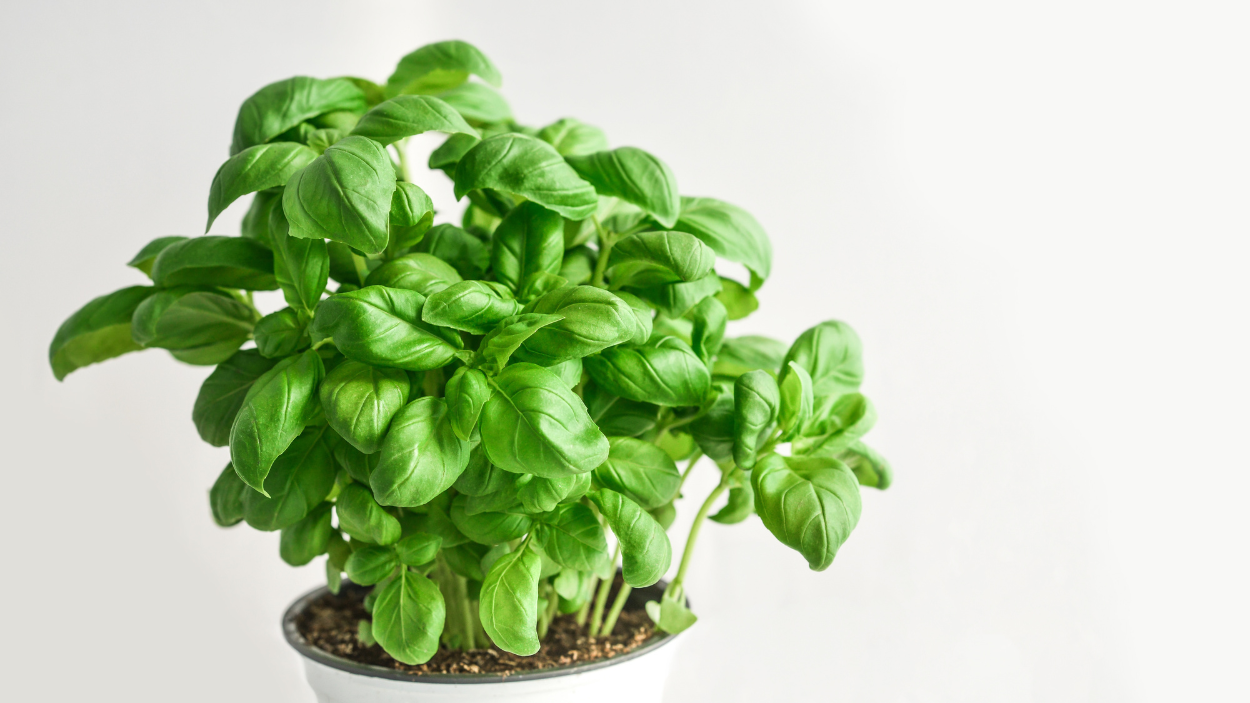Why Growing Rosemary from Stem Cuttings is Beneficial
Stem cuttings are a useful way of growing rosemary for a number of reasons. First of all, it is a quick and affordable method for growing new plants. Furthermore, stem cuttings are a dependable method for propagating rosemary because the offspring will exhibit the same qualities as the parent plant.
This allows you to produce numerous new plants with the same features, which is very helpful if you have a favorite cultivar. In conclusion, growing rosemary from stem cuttings is an easy and advantageous approach to increasing the size of your herb garden and having access to fresh herbs all year long.
Rosemary Can be Propagated from Cuttings in Just a Few Simple Steps
Step 1: Choose a healthy stem
Choose a rosemary stem that is healthy and at least 3 inches (7.5 cm) long. Just below a leaf node, make a clean cut using tidy, sharp scissors or pruning shears.
Step 2: Strip the leaves
Only a few leaves should remain at the top after the bottom 2 inches (5 cm) of the cutting have been cleared of leaves. This will assist the cutting in directing its efforts toward developing roots rather than sustaining leaves.
Step 3: Dip in rooting hormone
To encourage root growth, coat the cut end of the stem with rooting hormone powder. Most garden centers and online retailers carry rooting hormones.
Step 4: Plant in the soil
Put the cutting in a pot with some soil that drains properly. The ground ought to be damp but not soggy.
Step 5: Cover with plastic
To produce a humid environment that will promote root growth, cover the pot with a plastic bag or clear plastic wrap. Put the pot in a warm, well-lit area away from the sun.
Step 6: Wait for roots
After a few weeks, check the cutting to determine if roots have developed. Remove the plastic cover once the cutting has taken root, then look after the plant as usual.
How to Take Care of Rosemary Plants
Rosemary is a hardy herb that is relatively easy to care for. Here are some tips on how to take care of rosemary plants:
Soil: Rosemary requires soil that drains well and has a pH of between 6.0 and 7.0. Make sure to choose a pot or place with sufficient drainage because too much moisture in the soil might cause the roots to rot.
Water: Only water rosemary when the top inch of soil feels dry to the touch because it prefers to be on the dry side. Avoid letting the plant sit in water as this might lead to root damage from overwatering.
Sunlight: At least six hours a day of direct sunlight are required for rosemary. If growing indoors, put the plant close to a window that faces south or add extra grow lights.
Temperature: The Mediterranean herb rosemary prefers warm climates. Although it can withstand low temperatures of 30°F (-1°C), it will not thrive in such conditions.
Fertilizer: It doesn't take much fertilizer to grow rosemary. In the spring and summer, when plants are actively growing, you can fertilize once a month using a balanced fertilizer.
Pruning: The plant will remain bushy and avoid becoming too leggy with regular pruning. Cut just above a set of leaves with sharp pruning shears to eliminate the top third of the plant.
Pests and Diseases: Although spider mites, aphids, and powdery mildew rarely affect rosemary, it is nevertheless susceptible to other pests and diseases. Keep an eye out for any indications of infestation and, if necessary, treat with a suitable insecticide or fungicide.
Overall, with the right care and attention, your rosemary plant should thrive and provide you with fresh herbs for years to come.
Final Thought
Growing rosemary from cuttings is an easy and fruitful technique to increase the size of your herb garden. You may easily cultivate rosemary and enjoy fresh herbs all year long by following the above-described techniques. To maintain good development, don't forget to give your rosemary plant well-draining soil, lots of sunlight, and regular trimming.




